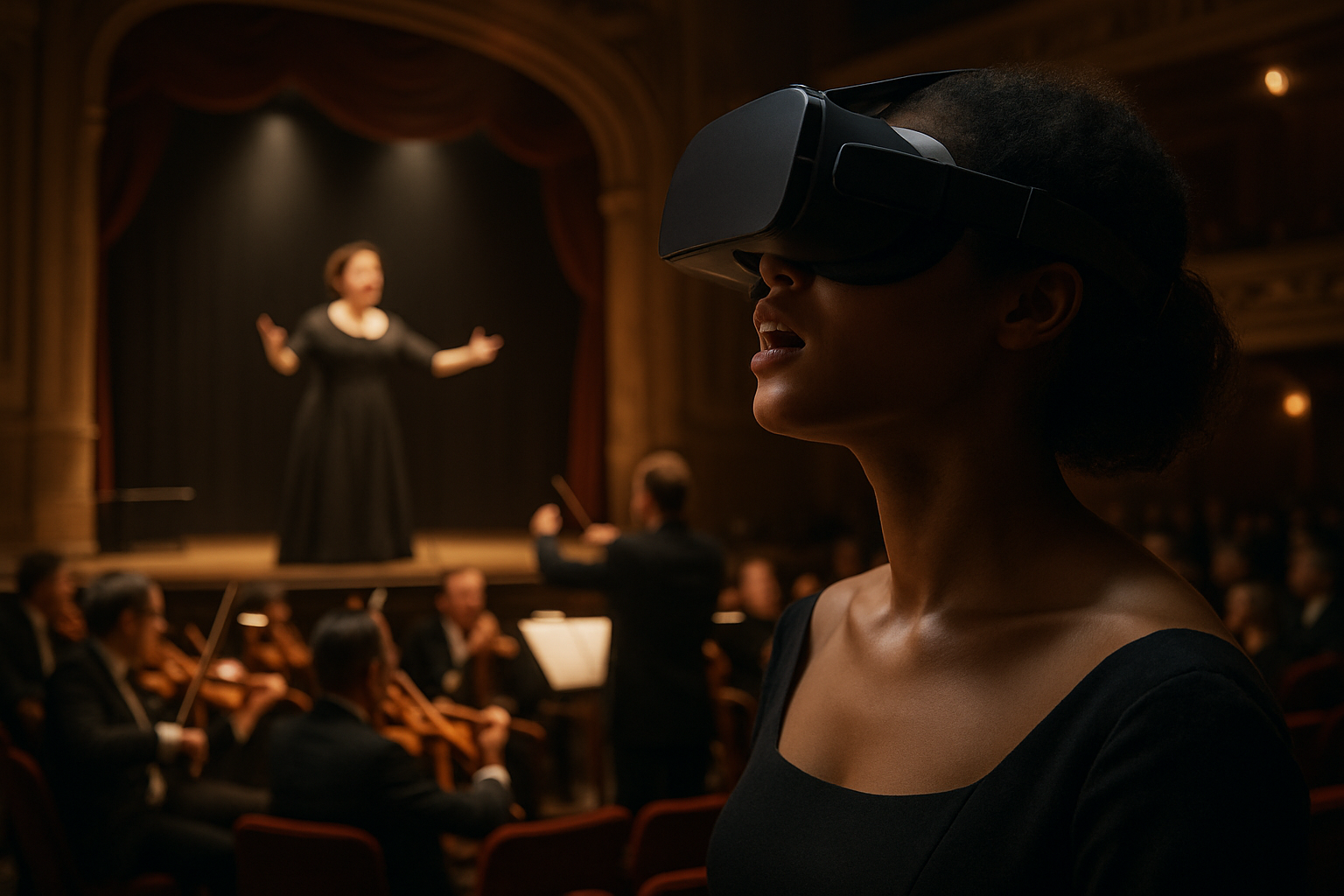Global Collaborations in Arts: Connecting Stages and Screens
Artists and cultural organisations increasingly collaborate across borders to connect live stages and digital screens. These partnerships span theatre, film, music and dance, and reshape how productions tour, how festivals curate work, and how audiences access immersive and archived material. Collaboration now includes sustainability and shared production models.

Live and digital forms of creative work are converging as practitioners pursue collaborations that bridge theatre stages and film or streaming platforms. Collaborative production practices allow companies to reach wider audiences while maintaining the integrity of performance forms. Digital tools extend curation and archives, enabling festivals and venues to present hybrid programs that balance in-person atmospheres with online accessibility. At the same time, attention to sustainability influences touring and site choices, encouraging innovation in how shows are designed, distributed and preserved for future audiences.
Theatre and Touring
Theatre companies adopt collaborative touring models that combine local partnerships with international exchange. Co-productions reduce single-company risk while enabling shared rehearsal time, technical knowledge and dramaturgical input. Touring packages increasingly include digital components—recorded performances, live streams, or contextual films—that allow local services and venues to present supplementary material in their area. These arrangements benefit emerging ensembles and established troupes alike, and they often involve joint funding applications, shared marketing to cross-border audiences, and negotiated licensing for filmed extracts to sit alongside live runs.
Film and Digital Platforms
Film-makers and theatre producers collaborate to translate stage work for screens without losing the immediacy of live performance. This includes multi-camera shoots of productions, bespoke short films inspired by plays, and platform-specific edits for streaming services. Digital platforms broaden distribution channels for performance-based content and encourage new forms of curation where festival programmers present a mix of recorded and live premieres. Such collaborations require clear agreements on rights, royalties and credits, and they create opportunities for film professionals to contribute production expertise to performance projects.
Music, Performance and Audiences
Music collaborations cross genres and geographies through festivals, residencies and co-commissions. Musicians, composers and producers work with choreographers, directors and technicians to craft performance experiences that travel or are adapted for screen. Audience development strategies increasingly combine in-person ticketing with online access passes, interactive Q&A sessions, and behind-the-scenes digital content. This hybrid approach helps reach new demographic groups and supports longer engagement cycles for recordings and live events while preserving the experiential core of musical performance.
Dance and Immersive Experiences
Dance is a field where immersive and digital technologies expand choreographic possibilities. Collaborations between choreographers, VR specialists and projection designers allow movement work to inhabit virtual or augmented spaces, creating hybrid shows that can be presented in theatres, galleries or online. Touring such works involves rethinking technical riders and venue capabilities, plus training for local crews. Collaboration enables smaller companies to access immersive technologies via shared research projects or festival-funded labs, widening the range of creative outputs and audience encounters.
Curation, Archives and Festivals
Curators and archivists play a growing role in enabling global collaborations by framing works for diverse contexts. Festivals act as nodes for exchange—hosting residencies, commissioning new work, and collecting digital archives that document production processes. Collaborative archiving practices help preserve ephemeral work through recorded performances, rehearsal footage and curator-led context packages. These materials serve researchers, educators and future productions, and they support festivals’ year-round digital programming, creating layers of accessibility for audiences who cannot attend live events.
Production, Collaboration and Sustainability
Production teams are integrating sustainability into collaborative workflows, from reduced touring footprints to material choices for sets and costumes. Co-produced projects can consolidate travel and logistics, use shared scenic elements, and coordinate schedules to minimise environmental impact. Collaboration also opens possibilities for pooling resources—technical expertise, rehearsal space and production staff—reducing overheads for individual companies. These practices require transparent planning, clear division of responsibilities, and shared commitments to sustainability standards across partner organisations.
In summary, global collaborations in the arts are reshaping how theatre, film, music and dance reach and engage audiences. Cross-disciplinary partnerships improve production quality, expand access through digital platforms and archives, and encourage sustainable touring and curation practices. As these networks deepen, they create resilient models for presenting performance that connect stages and screens while respecting the distinct demands of live and recorded formats.





